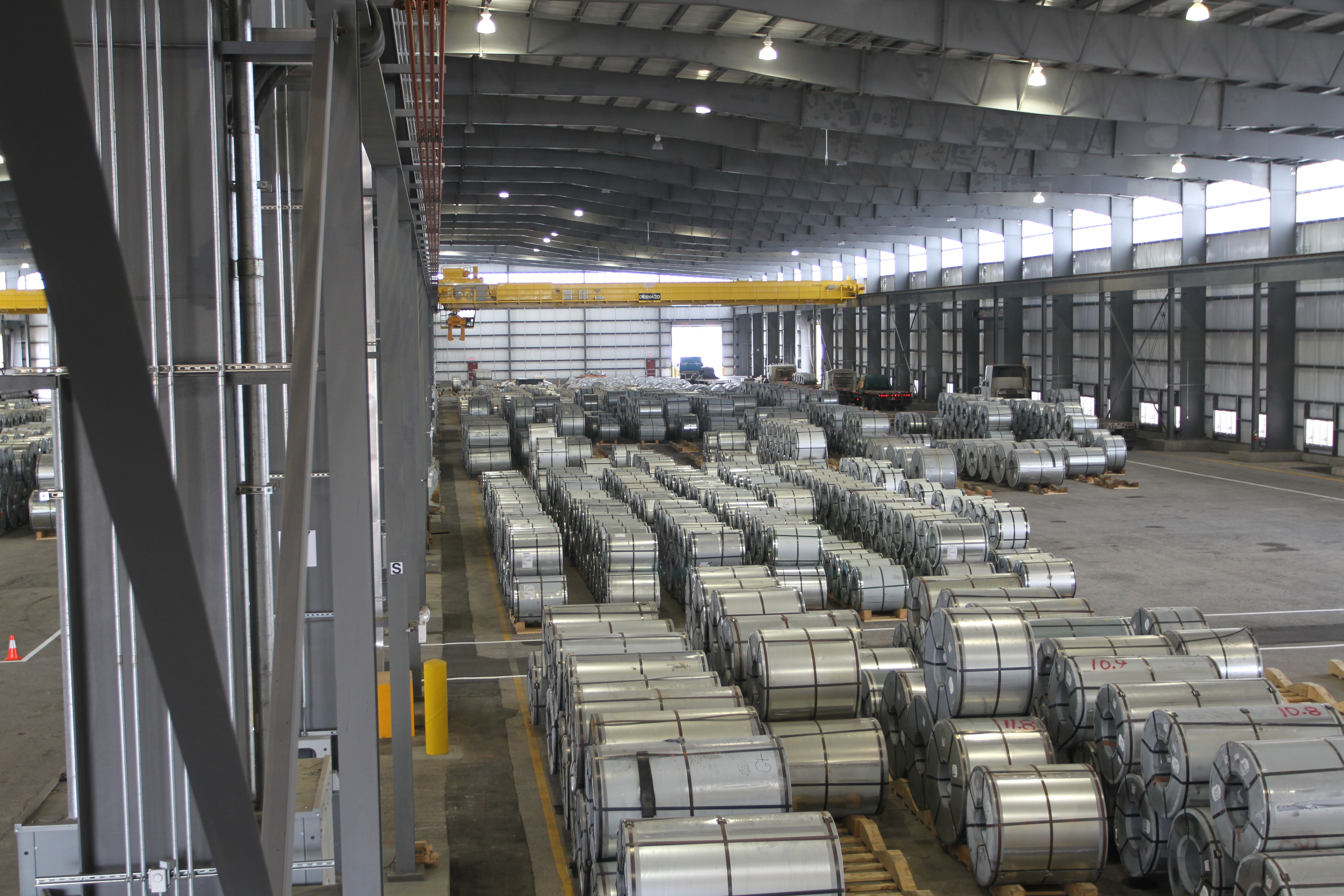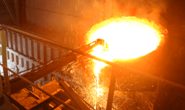Steel Markets

Residential Leads Construction Spending in August
Written by Sandy Williams
October 1, 2020
Construction spending rose 1.4 percent in August primarily due to a robust residential construction sector, said the Associated General Contractors of America. AGC cautioned that without federal support, nonresidential construction will continue to stagnate.
“The August spending report shows a stark divide between housing and nonresidential markets that appears likely to widen over the coming months,” said AGC Chief Economist Ken Simonson. “With steadily rising business closures and worker layoffs, and growing budget gaps for state and local governments, project cancellations are likely to mount and new starts will dwindle.”
Construction spending totaled $1.41 trillion at a seasonally adjusted annual rate in August. Residential spending jumped 3.7 percent, while total nonresidential spending slipped 0.1 percent.
Private nonresidential construction spending fell in nine out of 11 categories, contracting 0.3 percent from July to August. Commercial construction and power construction, two of the largest segments, each fell 1.1 percent. Manufacturing construction spending expanded 2.2 percent, but office construction slipped 0.3 percent, said AGC.
Public spending overall inched up 0.1 percent in August, but has been on a downward trend since March, falling 2.5 percent.
Housing construction has been robust with contractors having difficulty keeping up with demand. Private residential construction spending rose 3.7 percent in August, supported by a 5.5 percent gain in single-family homebuilding and a 3.0 percent gain in home improvements. Multifamily construction spending was fairly static with a 0.1 percent decline from July.
“One of the biggest challenges facing the construction industry is the lack of demand for many new types of commercial and local infrastructure projects, especially after the current crop of projects is completed,” said Stephen E. Sandherr, AGC’s chief executive officer. “Washington officials can give a needed boost to construction demand and employment by boosting infrastructure and putting in place liability protections for firms that are protecting workers from the coronavirus.”

Sandy Williams
Read more from Sandy WilliamsLatest in Steel Markets

Steel buyer spirits tempered by soft spot market conditions
Steel sheet buyers report feeling bogged down by the ongoing stresses of stagnant demand, news fatigue, tariff negotiations or implementation timelines, and persistent macroeconomic uncertainty.

Hot-rolled coil buyers continue seeking certainty
Steel market participants contend that buyers will remain in “wait-and-see" mode until some market stability is restored.

Latin American steel advocates warn on cheap import flood
Subsidized Chinese steel imports and cheap steel products from Association of Southeast Asian Nations (ASEAN) entering Latin American (LATAM) are threatening the region's steel market.

CRU: Steel prices fall amid global demand weakness
The forceful headwinds bearing down on steel markets across the globe have created demand challenges and sent prices southward. The US, however, challenged the global trend.

Hot-rolled price hikes garner mixed reactions from the market
Several steel market sources say they were blindsided when mills increased spot prices for hot-rolled coils this week.
